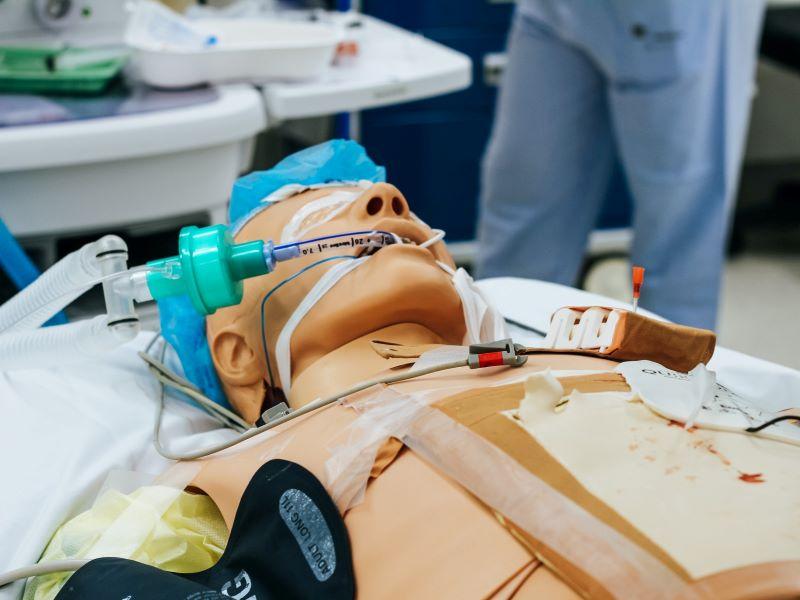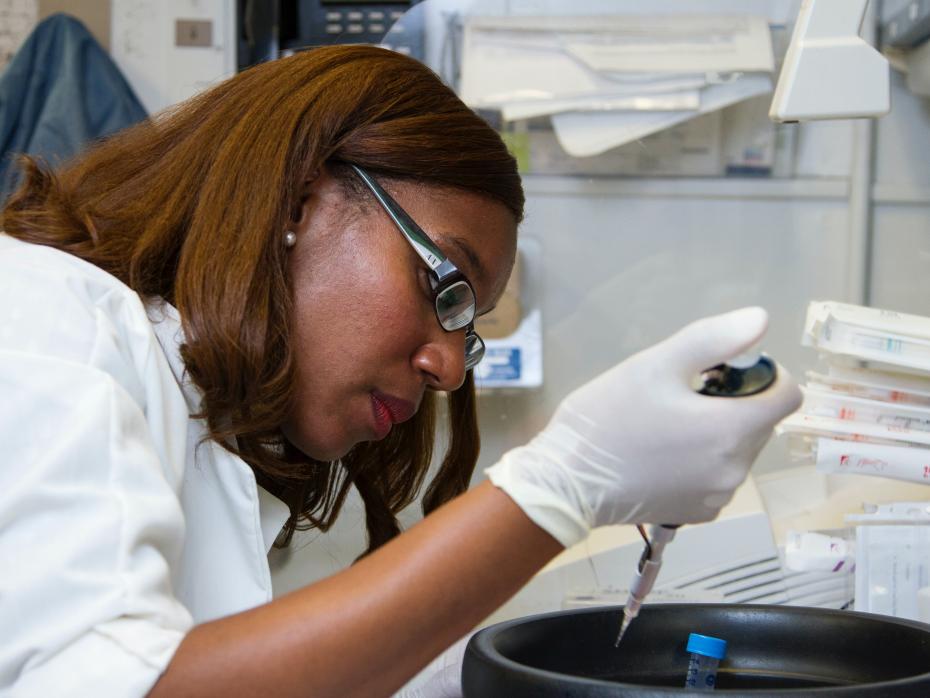A common challenge new graduates face when starting their career is discovering that their degree doesn’t easily translate into practice. It can leave them feeling overwhelmed and ill equipped to handle certain professional situations, especially crises.
Technology has become a vital tool for universities, enabling them to keep things turning for students in the past 18 months when they haven’t been physically present at workshops and lectures. Now is the time to step this up another gear and use this technology to ensure students are prepared for the demands of the future workplace.
In the health and care sectors specifically, organisations are training staff in digital technologies and innovative practices as they are introduced. It would be more efficient and purposeful if graduates entered the workplace already equipped with these skills and could use them to drive innovation and development. While studying, students can be exposed to systems used in digital consultations, health-monitoring equipment and associated data apps, health and care rotas, records management, commissioning and planning so that they arrive on the job prepared.
Giving students up-to-date skills in preparation for their career
To remain relevant and employable, workers are faced with the need to re-evaluate and update their skill sets, and educators face pressure to update the focus of their courses and offerings. There is a pressing need for courses to relay the skills that individuals often acquire throughout their lives, and educators can start by looking towards the future and working backwards. They should be asking: “What will the jobs of the future require?” Universities need to look beyond essays, exams and theoretical practice and assess them on real-world situations. Examining students on their digital capability, getting them to kick-start their own social media campaign or find a novel solution for a present-day business problem, for example, will push students much more than a 10,000-word dissertation.
Using digital simulations to prepare students for the real world
Digital simulations can present students with scenarios that replicate real-world challenges, giving them hands-on experiences similar to what they may face in the future.
By enabling students to witness what a real-life role will be like, simulation training not only gives students confidence when working but equips them with the knowledge to solve problems they may face. In a simulation, they are free to make mistakes that have no detrimental impact but teach them valuable lessons.
Healthcare courses, for example, can teach all the theoretical know-how of how to approach a viral outbreak, but the reality of such a situation, and individuals’ reactions to it, can be very different. Simulating real-life scenarios, where students see the consequences of their decisions, provides lessons that will be remembered.
Ways to make sure digital simulations support students
To make sure students get the best out of the opportunities that digital simulations offer, it is important for universities to have a clear strategy at hand. Course developers should:
Look at future skills that jobs will demand; this is constantly evolving and modules must reflect that
Employers can provide the real-life scenarios, resources, examples and data to enable educators to create informed simulations. Business continuity planning is one example, where students could be tested on how they would respond, in real time, to a simulated emergency planning situation, such as a sudden imposed shutdown of face-to-face services, forcing teams to look for ways to achieve the same results digitally.
This approach does not need to be scary or onerous for academics. Employers can support with resources, often more easily than anticipated. It can also enable individuals within student groups to practise leadership and teamwork skills in supporting their peers who struggle with certain technologies.
All this needs to be underpinned by a clear understanding of the cyber and data regulations, policies and processes in place to protect service users and the public at the same time.
Embrace tech with open arms
Offering students access to and use of technology that will enhance their professional capabilities post graduation is important. Practice in using health-monitoring equipment, for example, will be invaluable for many students pursuing healthcare careers. It might prepare students for a situation where a patient is abroad and suddenly needs a response to a change in condition. Health-monitoring apps inform the clinical team at home so they can respond effectively to what the patient might need, thus being able to use these tools is vital.
Encourage students to find their voice with simulations
Simulations provide a safe space to make mistakes and learn from them. Following the use of simulated environments, timeframes and scenarios, students should be encouraged to reflect upon their actions and decisions. This could be achieved through class or group discussion, reflective journals, one-to-one tutorial sessions, discussion boards and breakout room chats.
Simulations should be in touch with issues the world is facing
The pandemic is the perfect example of this. Business students presented with a pandemic scenario in a simulation may need to make managerial decisions to avoid bankruptcy, while healthcare students will get training in crisis decisions aimed at minimising the effects of a virus. Learning from simulations allows students to test out theories in a “real life” setting while working in a protected environment. This boosts professional capabilities and confidence for when they enter the workplace.
Stephanie West is head of the School of Healthcare Management at Arden University.




comment